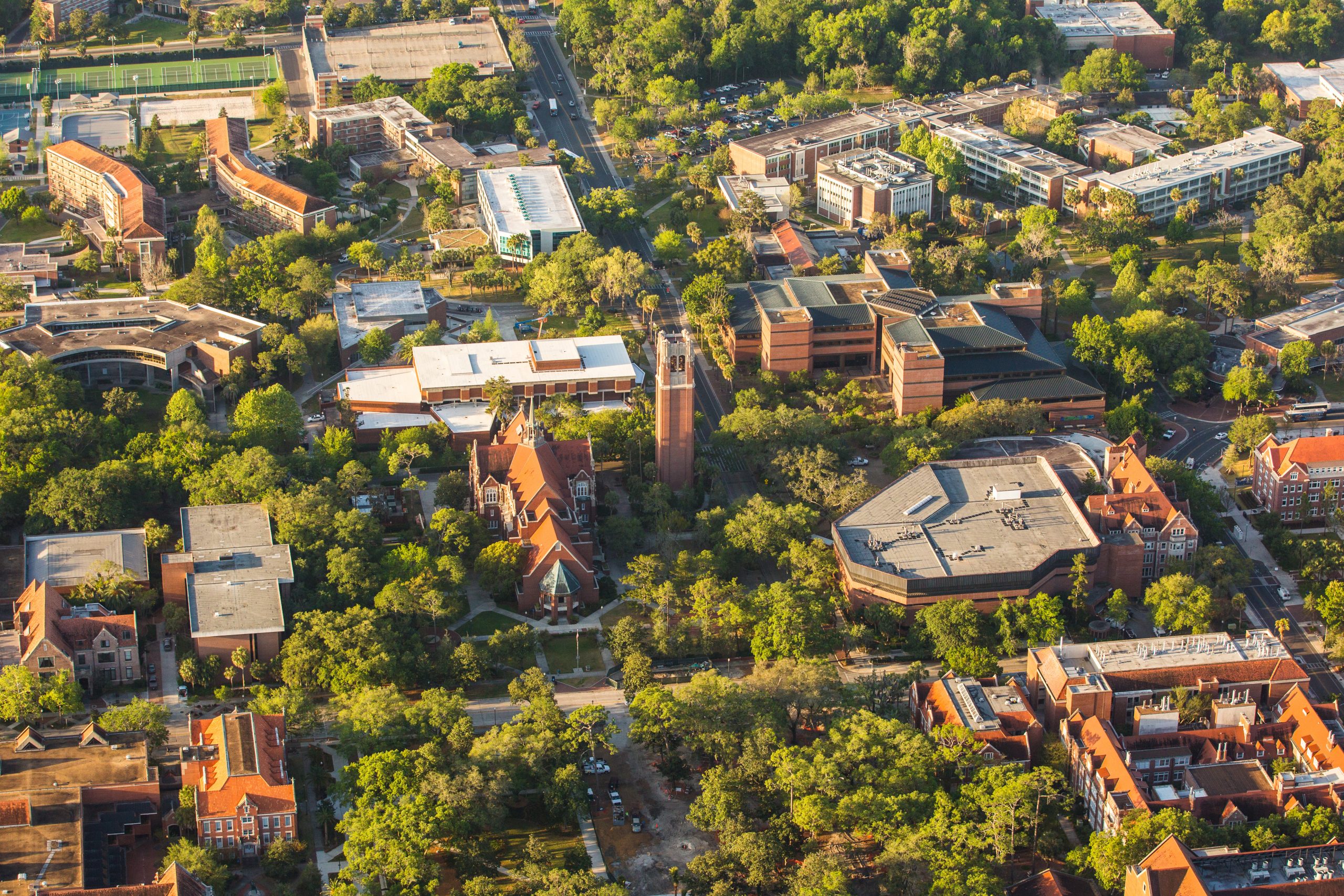
Biological Waste Disposal Policy
Objective
This policy is intended to provide guidance and ensure compliance with the State of Florida Administrative Code 64E-16, NIH Guidelines for Research Involving Recombinant or Synthetic Nucleic Acid Molecules, and the recommendations in the Biosafety in Microbiological and Biomedical Laboratories.
Authority
By authority delegated from the University President, the Vice-President for Business Affairs is responsible for the safety of all University facilities. Under this authority, policies are developed to provide a safe teaching, research, service, housing, and recreational environment.
Applicability
This Policy applies to all University faculty, staff, students, contractors, vendors, volunteers, visitors, and guests on or within the University campuses as defined below.
Definitions
Biological Waste: any solid or liquid waste that may present a threat of infection to humans, animals, crops, or the natural ecosystem. This includes:
- Animal pathogens
- Plant pathogens
- Waste infectious to humans
- Recombinant or synthetic nucleic acids and recombinant organisms
Biomedical waste: a specific subset of biological waste which refers to any solid or liquid waste, including discarded sharps, that may pose a threat of infection to humans.
Non-biomedical, biological waste: a specific subset of biological waste which excludes waste infectious to humans. This includes plant pathogens, certain animal pathogens, and certain recombinant or synthetic nucleic acids organisms.
Policy Statement
Biomedical Waste
All biomedical waste must be disposed of in accordance with the State of Florida Administrative Code 64E-16. Details of these requirements are included in UF’s Biomedical Waste Training (EHS851 and EHS854) which is required annually for all biomedical waste generators.
In addition to meeting state requirements, UF has established the following requirements for biomedical waste generated from research activities:
- Collect all solid non-sharp biomedical waste in a leak-proof, covered container lined with a red autoclave bag that meets requirements outlined in 64E-16.
- Label the bag with the Principal Investigator’s/Supervisor’s name, lab location, phone number, and date that the bag was first put into use.
- Inactivate all solid biomedical waste (sharp and non-sharp) via autoclave sterilization prior to packaging for disposal. Best practice is to autoclave the waste at the end of each workday, but at a minimum, it must be autoclaved at the end of each week.
- Detailed instructions for handling, storing, inactivating, packaging, and disposing waste at UF can be found on this page.
Biological Waste
In addition to managing regulated biomedical waste, labs must appropriately dispose of biological waste in accordance with NIH Guidelines and federal or state permits. All recombinant or synthetic nucleic acids (and contaminated materials) must be inactivated prior to disposal. Federal or state permits pertaining to regulated infectious materials, vectors, or genetically -modified organisms may stipulate specific disposal or inactivation requirements.
Mixed Radioactive/Biological Waste
Radioactive waste must be segregated, stored, labeled, and handled per the requirements of the Radiation Control Guide. The biological component of mixed radioactive/biological waste must be inactivated by treating with 1N NaOH for 1 hour at 20°C prior to turning it over to Hazardous Materials Management.
Mixed Chemical/Biological Waste
The biological component of mixed chemical/biological waste must be inactivated prior to turning it over to Hazardous Materials Management. Precautions must be taken to prevent the generation and release of toxic chemicals during the inactivation process. In general, autoclaving is not recommended for this type of waste. Note that in most cases the chemical component of the waste will have inactivated the biological component (as in the case of fixative solutions). Please contact Hazardous Materials Management (392-8400) for additional guidance. Chemical waste must be segregated, stored, labeled and handled per the requirements outlined in the Laboratory Chemical Waste Management section of the EH&S website.
Human Remains/Tissues
Human remains/tissues shall be returned to the source from which you received them. If that is not possible, contact the Biosafety Office (392-1591) for further guidance.
Non-infectious animal waste
Items contaminated with blood, blood products or tissues from healthy animals shall be disposed of in the red bag lined biomedical waste box since it is impossible to distinguish animal blood from human blood. However, these items do not require inactivation prior to leaving the laboratory.
Animal Carcasses
The disposal of animal carcasses and other animal materials and tissue must be through Animal Care Services, Veterinary Medicine, or by coordinating disposal directly with Stericycle, UF’s biomedical waste disposal vendor.
No animal carcasses or tissue pieces shall be disposed of as regular trash or through the biomedical/biological waste box. Animal carcasses and other animal material that may contain infectious animal or human pathogens requires containment (red bags, sealed containers labeled with the biohazard symbol) before transporting. Radioactive animal carcasses or tissue must be collected by EH&S Hazardous Waste for proper decay and disposal.
Biological/Biomedical Waste Training
All employees who generate biological/biomedical waste must be trained regarding the proper segregation, handling, packaging, labeling, storage and treatment of biological waste. Training is required prior to commencement of duties related to biological waste handling and annually thereafter.
In accordance with Florida Statute (Ch. 64E-16 F.A.C.), training records for each employee shall be maintained for a period of three (3) years. Training records are kept indefinitely for those who are trained through myTraining. If you hold an instructor-led session, you must keep the training records for a minimum of 3 years.
